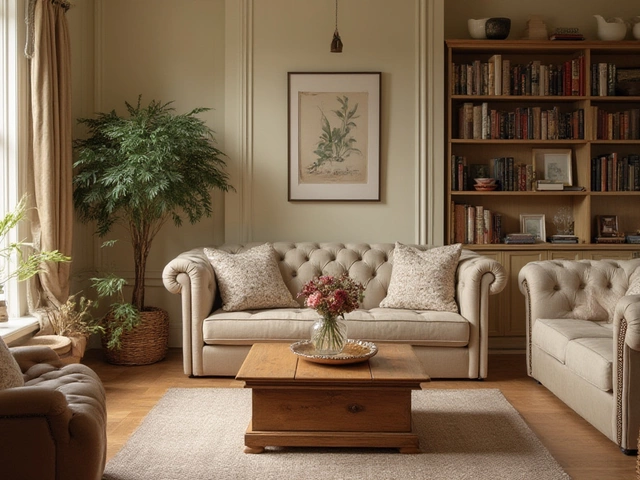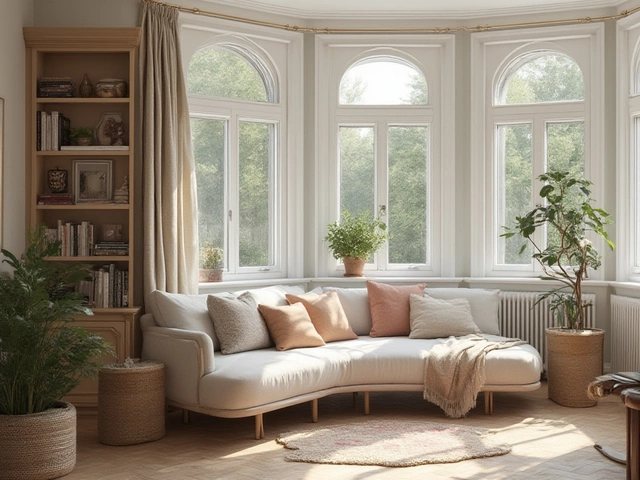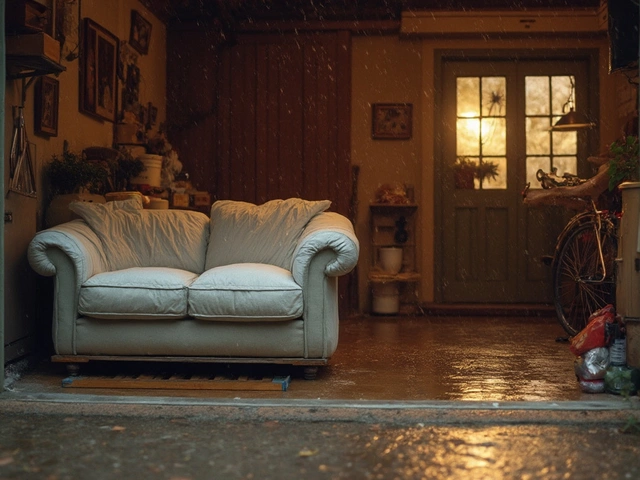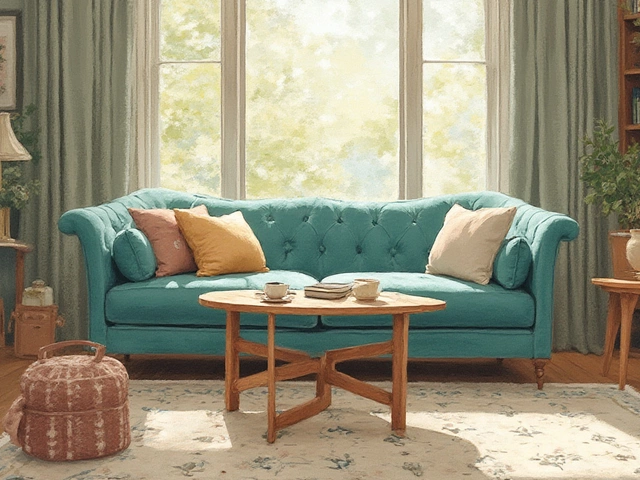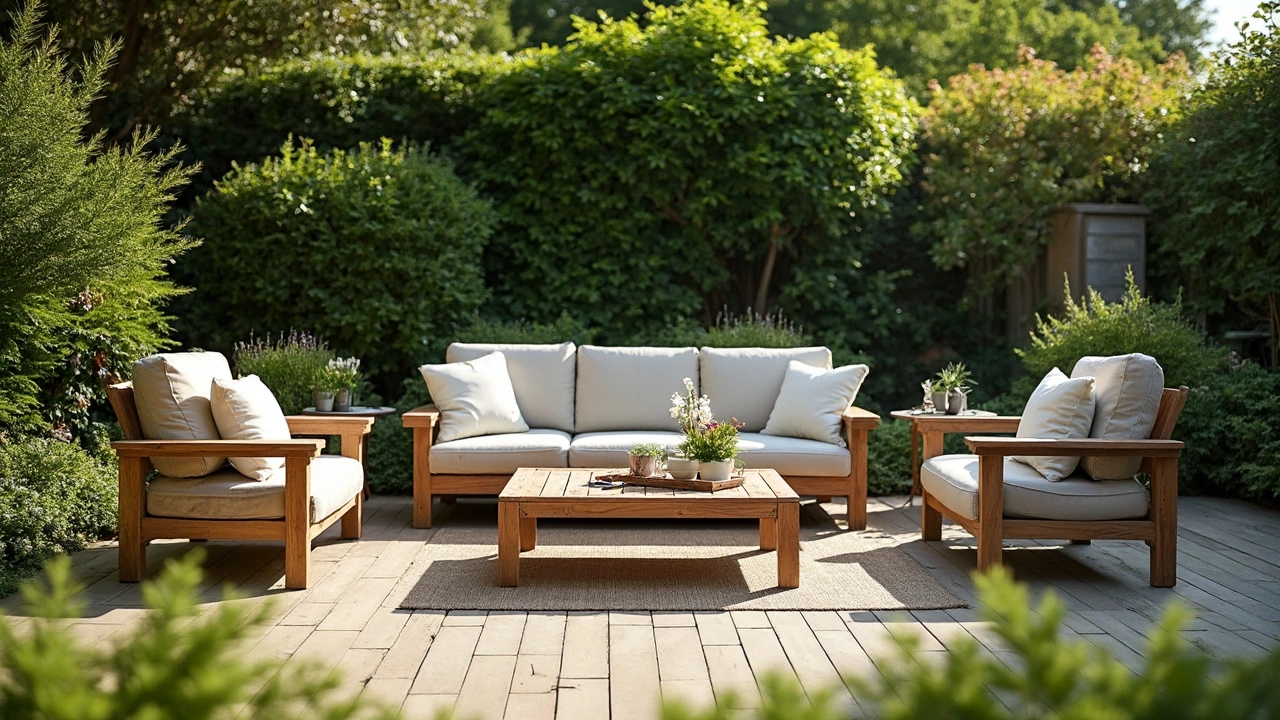 22
Apr,2025
22
Apr,2025
Sticker shock hits hard when you first check out high-end outdoor furniture. A table and two chairs for the price of a small vacation? But here’s the deal: not all outdoor sets are created equal, and where you put your money actually shapes your entire outdoor experience.
Cheap can be tempting, especially if it’s just going on a back deck or you only use it a few months every year. But the truth is, those bargain pieces can fade, wobble, or fall apart before your next barbecue season rolls around. If you’ve ever had a metal chair rust out or your plastic picnic table crack in the sun, you know the hassle starts adding up fast.
So, is the splurge worth it? The answer depends on your weather, your lifestyle, and whether you care more about short-term savings or never having to shop for furniture again. That’s why it pays to dig into what goes into these price tags – from the teak or powder-coated aluminum to the stitching on the cushions.
- Why the Price Tag? What Actually Makes Furniture Expensive
- Durability and Weather Resistance: Does Expensive Mean Longer Lasting?
- Comfort, Style, and the Real-Life Experience
- Should You Spend Big or Save? How to Decide for Your Space
Why the Price Tag? What Actually Makes Furniture Expensive
There’s a reason expensive outdoor furniture sells for hundreds or even thousands more than what you see at big-box stores. The main difference comes down to the materials, the way it’s built, and, let’s be real, the brand name slapped on it.
First up: materials. High-end patio sets usually use stuff that’s built to handle storms, sun, and just about anything else. Ever notice how teak is a household name for quality outdoor pieces? That’s because real teakwood is loaded with oils that fight water, rot, and bugs. If you go with powder-coated aluminum or stainless steel, you’re getting frames that don’t rust or pit. Cushion fabrics like Sunbrella cost more because they don’t fade or mildew, no matter how sweaty that July heat gets.
- Teak and eucalyptus: high oil content, stands up to rain and UV.
- Powder-coated metals: avoid peeling and rusting.
- High-performance fabrics: keep their color, resist stains and mold.
Next, it’s about the build. You might not notice the difference at a glance, but pricier furniture uses thicker, heavier frames and reinforced joints. Skilled workers often craft parts by hand and use hardware that won’t snap or corrode. Those little details mean fewer wobbles or repairs down the road.
And then there’s brand. Some companies back up their reputation with killer warranties—think 5, 10, even up to 20 years. That’s not just talk; it actually covers stuff like frame cracks or broken slats. Sometimes you do pay for a fancy logo, but you’re also buying support you might not get from a no-name set.
| Material | Typical Low-End Price (5-piece set) | High-End Price (5-piece set) |
|---|---|---|
| Plastic/Resin | $200 | $600 |
| Powder-Coated Aluminum | $400 | $2000 |
| Teak | $800 | $4000+ |
So, when you see a high sticker on garden furniture, it’s not just markup. The cost really does follow the materials, build, and support you get. Cheaper options may look alike at first, but in a couple of seasons, you’ll see the difference in your backyard and maybe even your wallet.
Durability and Weather Resistance: Does Expensive Mean Longer Lasting?
The big question: does dropping more cash on expensive outdoor furniture really mean it’ll handle years of rain, sun, and backyard chaos? In most cases, yes. Higher-end pieces are usually built from materials that laugh in the face of weather, instead of falling apart three months after you bring them home. Here’s what you’re usually paying for:
- Top-tier materials: Teak, acacia, and powder-coated aluminum don’t rust or rot easily. Teak, for example, can hold up for decades and even looks better as the years pass. Cheaper sets might use pine, low-grade steel, or regular plastic—stuff that probably won’t survive its third summer.
- Heavy-duty hardware: Screws, bolts, and joints are all upgraded on pricier furniture. That means less creaking, bending, and fewer trips to the garage for repairs.
- UV-resistant finishes: Good brands use paint, sealant, or powder coat that stops fading and cracking, even if your furniture sits in the blazing sun every afternoon.
- Quick-dry and mildew-resistant fabrics: Sunbrella and similar brands are favorites for a reason—they don’t get stinky or moldy if you forget to bring cushions inside during a downpour.
Want hard numbers? Consumer Reports did a multi-year test and found that teak and high-end aluminum patio sets lasted over 15 years with basic care. In comparison, most bargain sets only made it five years before showing big problems.
| Material | Average Lifespan (Years) |
|---|---|
| Teak Wood | 20+ |
| Powder-Coated Aluminum | 15-20 |
| Plastic/Resin | 3-5 |
| Pine/Wood Composite | 3-7 |
Bottom line: if you live somewhere with wild weather swings or brutal sunshine, that higher upfront cost might pay for itself in not having to replace your garden furniture every few years. It’s not just about looks—durability can actually save you money long-term, especially if you’re tired of landfill runs and endless Craigslist listings.
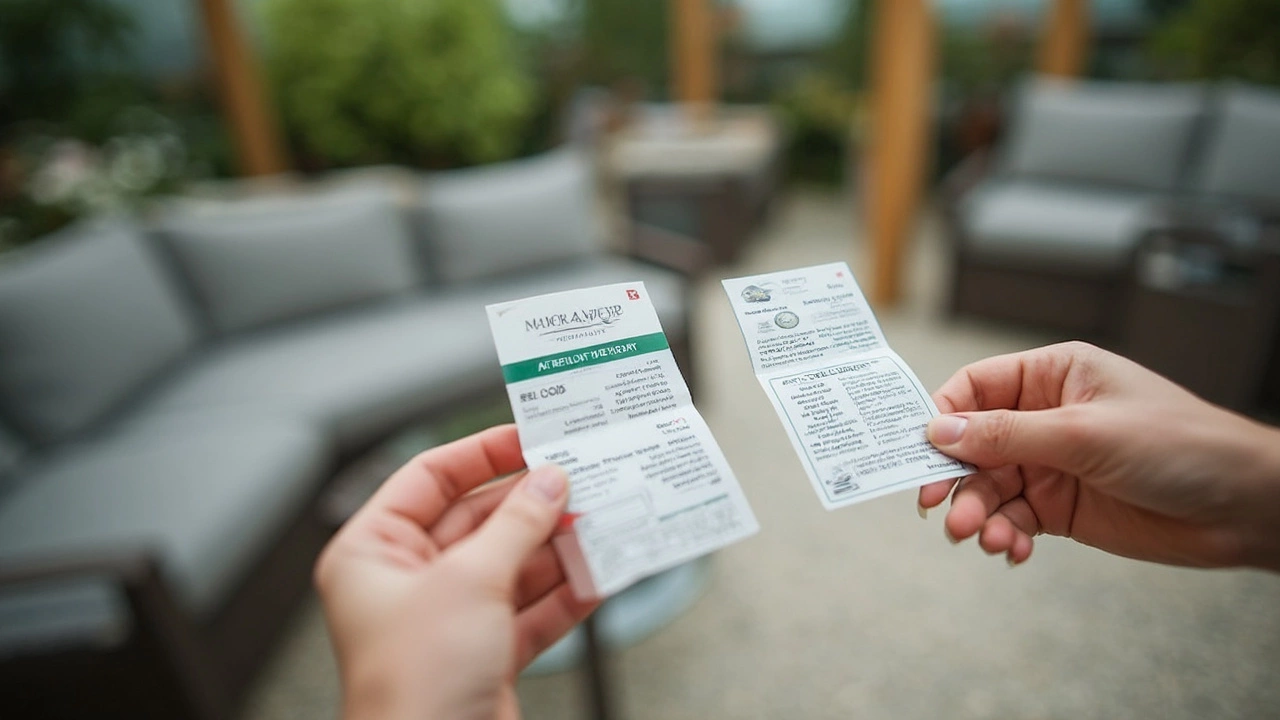
Comfort, Style, and the Real-Life Experience
You can have the toughest garden furniture on the market, but if it’s not comfortable, it’s just going to sit empty. Here’s something you’ll notice: high-priced outdoor furniture usually feels way better when you sit down. Companies invest in plush foam, thicker cushions, and ergonomic shapes. Cheap sets? They’re often too stiff, thin, or awkward for long hangouts. The difference isn’t subtle—you’ll feel it as soon as you kick back.
Style’s another biggie. Expensive sets offer more than just “looks modern.” You actually get a ton of choices—different fabrics, frame colors, and fancy touches like hidden hardware or curved arms. Some designer brands allow you to mix and match so your patio doesn’t look like everyone else’s. That means you can personalize your space, whether you want bold colors or a more classic vibe.
Here’s a table to help compare what you get with pricey vs. budget options:
| Feature | Expensive Outdoor Furniture | Budget Outdoor Furniture |
|---|---|---|
| Cushion Quality | Weatherproof, quick-dry foam, thick padding | Thin, basic foam that compresses fast |
| Design Variety | Customizable, unique finishes, stylish frames | Few color choices, basic designs |
| Comfort Out of the Box | Ready to lounge for hours | Usually firm, sometimes uncomfortable |
| Longevity of Looks | Resists sagging and fading | Fades or warps in a season or two |
Let’s be honest, when you pay more for expensive outdoor furniture, you often get the kind of place you—and your friends—actually want to hang out in. Nobody’s itching to go back inside after ten minutes of sitting on stiff plastic. Plus, if you’re ever thinking about selling your home, a well-furnished patio can actually up your curb appeal. MLS trends show homes with staged, stylish outdoor areas move faster and even fetch higher offers, especially in warmer regions.
One tip: before buying, sit down in person if you can. Bring whoever’s going to use the furniture the most. What feels good in a photo can be a nightmare for your back in real life. And test the fabrics—run your hand over the cushion, check if it bounces back. That’s the stuff you’ll notice every single day.
Should You Spend Big or Save? How to Decide for Your Space
It’s easy to get pulled in both directions—one minute you’re eyeing that teak set with plush cushions, the next you’re wondering if a bargain buy will do the job. The right answer isn’t the same for everyone, so break it down by what actually matters most for your backyard and your wallet.
If you use your patio almost daily for dinners, work, or hanging with friends, investing in expensive outdoor furniture almost always pays off. Here’s why: high-quality materials like powder-coated aluminum, teak, and UV-resistant fabrics last years longer, needing far less upkeep and replacement. According to industry research, a top-tier teak table can last up to 25 years if you do basic care. Vinyl or bargain wood? You might be lucky to get 3-5 years with heavy use.
Think about your local weather. If you get a lot of sun, rain, or even salty air, cheaper pieces wear out fast—colors fade, metal rusts, plastic cracks. That means buying a new set every couple of years, which adds up. A Harvard Home study found that people who buy mid- to high-end patio furniture spend less over 10 years than those replacing cheap sets every few years. Here’s a quick look at expected lifespans:
| Material | Typical Lifespan (Years) |
|---|---|
| Teak Wood | 15-25 |
| Powder-Coated Aluminum | 10-20 |
| Basic Metal (Steel, Iron) | 5-10 |
| Molded Plastic | 2-5 |
Now, let’s talk value. If you just want something to throw on the patio for the occasional party, or you rent and will move soon, it might make sense to save your cash. You can always upgrade later. But if you’re building your dream backyard or plan to stay in your home long-term, going cheap can lead to disappointment—and more expense within a few years.
- Measure your space before shopping. A tiny balcony doesn’t need a $2,000 dining set.
- Set a real budget. Consider what you’d spend replacing cheap furniture every couple of years versus one solid investment that lasts a decade or more.
- Think about maintenance. If you don’t want to fuss over furniture every spring and fall, invest in garden furniture that doesn’t need constant care.
- Check warranties—some expensive outdoor furniture comes with 10-year+ protection, which gives you peace of mind.
The truth is, spending a bit more upfront often means you end up spending less time and money in the long run. But not everyone needs luxury. Match your choice to your real life, your area’s weather, and your own style. That’s the only way to get patio investment that feels worth it for you.

